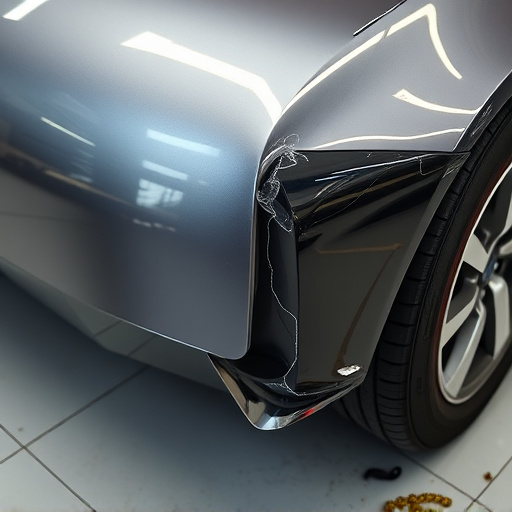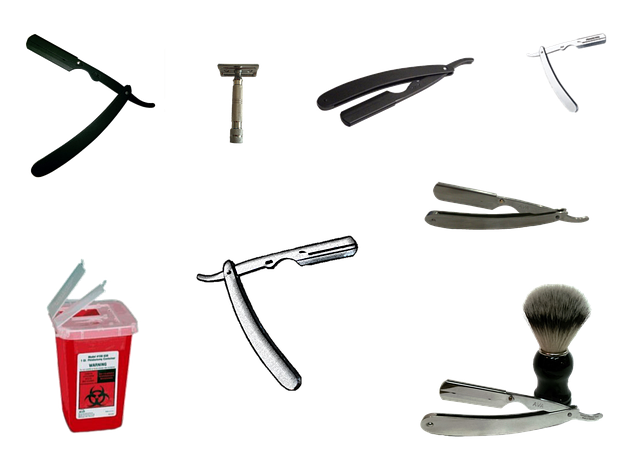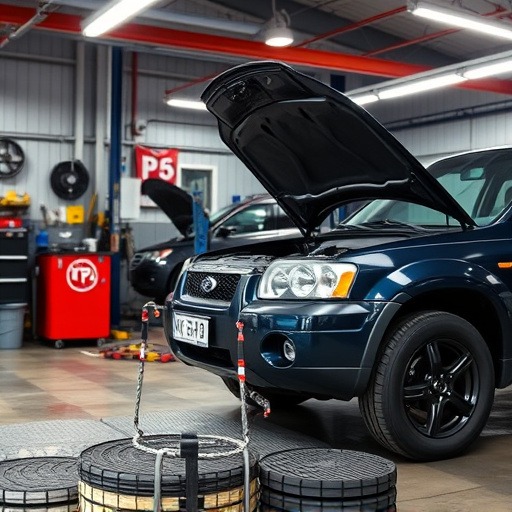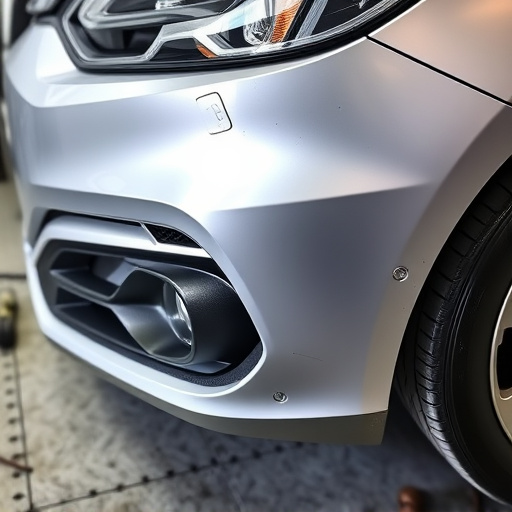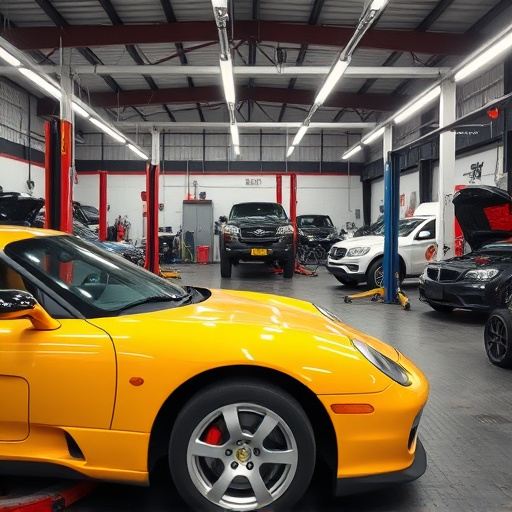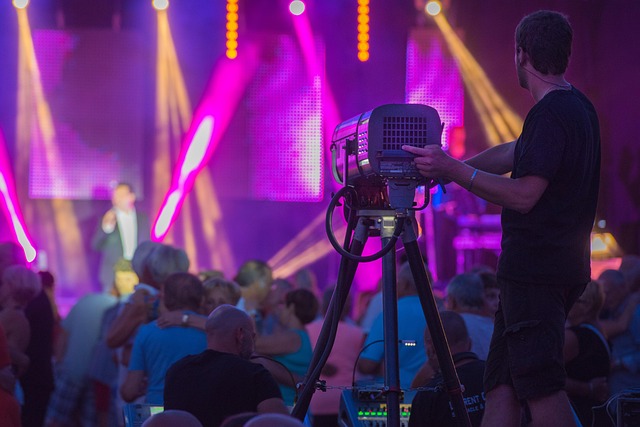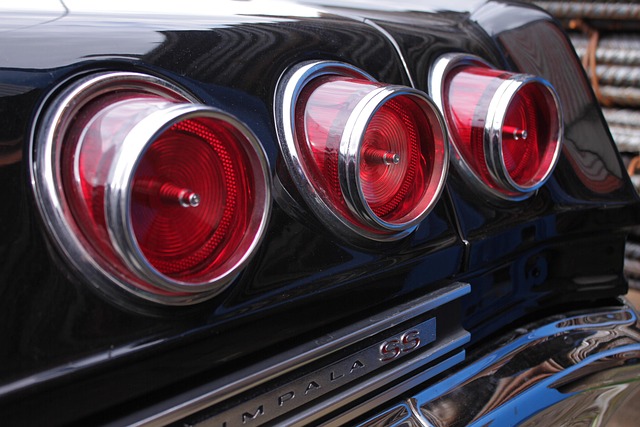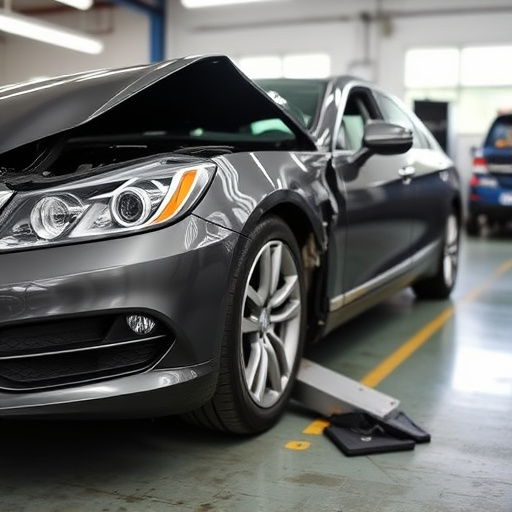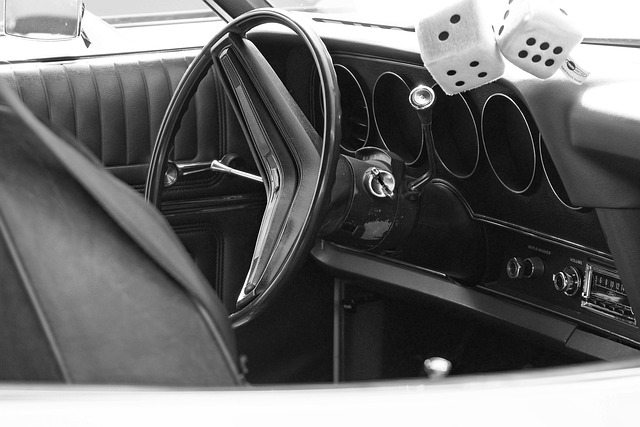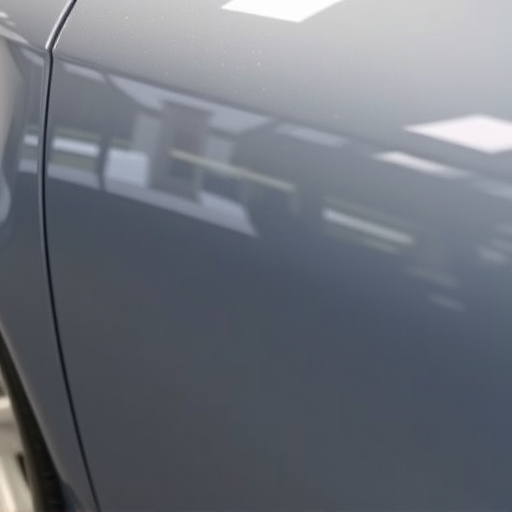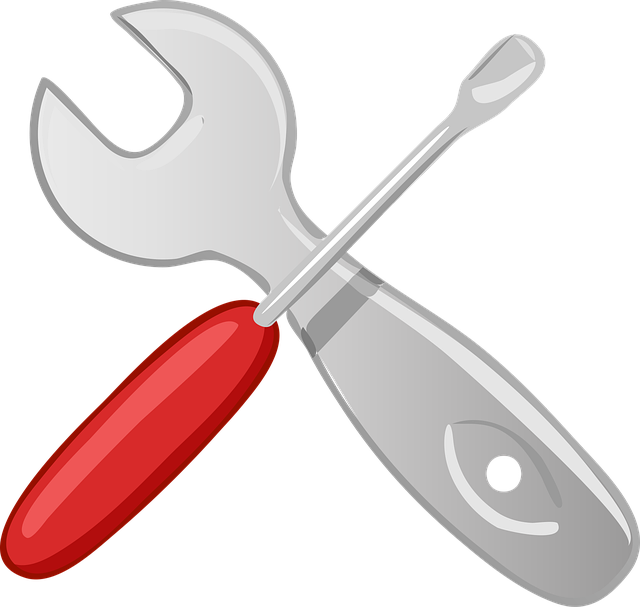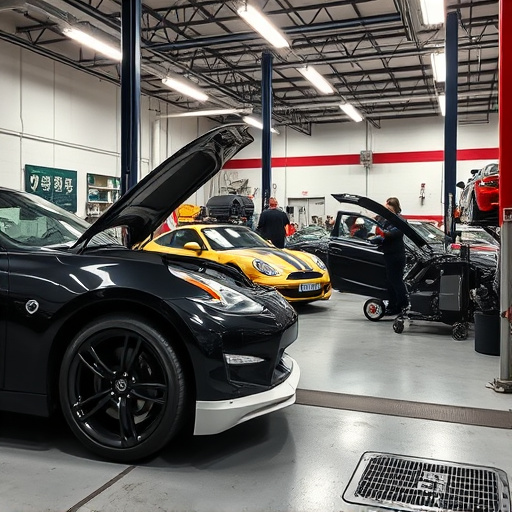Tesla charging port failures due to third-party cable misuse are increasing. Non-approved cables lack quality control, leading to issues like loose connections, damaged pins, and overheating. Regular use of subpar cables accelerates wear and tear, necessitating a Tesla charging port repair. Body shops specializing in auto detailing offer expert solutions for diagnosing and fixing these problems. Repair involves careful inspection, testing electrical connections, replacing components, or advanced techniques like re-soldering. To prevent future issues, use only officially licensed Tesla chargers and cables, inspect cables for wear, ensure proper alignment at public stations, address unusual charging indicators promptly, and maintain port through cleaning and ventilation.
Tesla owners often rely on third-party charging cables, but misuse or poor quality can lead to damaged charging ports. This article explores common causes of Tesla charging port failures attributed to external cables and offers practical guidance. We’ll walk you through diagnosing and repairing these issues step-by-step. Additionally, discover preventative measures to safeguard your vehicle’s charging port from future damage, ensuring seamless electric vehicle (EV) ownership. Learn how to perform a Tesla charging port repair effectively.
- Understanding Tesla Charging Port Failures Caused by Third-Party Cables
- The Process of Diagnosing and Repairing a Damaged Charging Port
- Preventative Measures to Avoid Future Charging Port Issues
Understanding Tesla Charging Port Failures Caused by Third-Party Cables

Tesla charging port failures due to third-party cable misuse are on the rise. While Tesla’s charging ports are designed for robust performance and longevity, using cables not approved by Tesla can lead to damage or malfunction. Third-party cables may lack the quality control and engineering standards of official Tesla chargers, causing issues like loose connections, damaged pins, or even overheating. These problems not only affect charging efficiency but can also pose safety risks.
Regular use of subpar cables can result in wear and tear on the charging port itself, requiring a Tesla charging port repair at some point. A vehicle body shop specializing in auto detailing and car body repair services can offer expert solutions for diagnosing and fixing these issues, ensuring your Tesla remains reliable and safe when it comes to charging.
The Process of Diagnosing and Repairing a Damaged Charging Port

Diagnosing a damaged Tesla charging port involves careful inspection to identify the issue. Often, misuse of third-party cables can lead to physical damage or wear and tear on the port itself, affecting its functionality. Technicians at reputable collision centers or auto body services begin by visually examining the port for any visible signs of trauma, such as cracks or dents. They may also use specialized tools to test the electrical connections and identify the root cause of the problem.
Repairing the charging port requires precision and expertise. Once the issue is pinpointing, the process can involve replacing damaged components or, in severe cases, re-soldering or refitting the port. After a Tesla charging port repair, thorough testing ensures the port functions optimally and safely. This step is crucial to guarantee that the vehicle can charge efficiently, preventing any future inconveniences for the owner.
Preventative Measures to Avoid Future Charging Port Issues

To prevent future charging port issues with your Tesla, it’s essential to understand the common pitfalls associated with third-party cables. Using incompatible or substandard cables can cause significant damage to the vehicle’s charging port over time. Always opt for officially licensed Tesla chargers and cables, which are designed specifically to meet the vehicle’s high-performance standards. Regularly inspect your charging cable for any signs of wear, such as frayed wires or damaged connectors, and replace them promptly.
Additionally, when utilizing public charging stations, be cautious of the equipment offered. Some third-party chargers may not properly align with your Tesla’s port, leading to misalignment and potential damage. If you notice any unusual sounds, smells, or performance issues during charging, stop immediately and have a trusted auto body shop inspect the port. Regular maintenance, including cleaning the charging port and ensuring proper ventilation, can also help prevent excessive heat buildup and associated damage, just like how you’d care for a vehicle dent repair or car scratch repair to maintain its aesthetic appeal.
In light of the above discussions, it’s clear that misusing third-party cables can lead to significant damage to Tesla’s charging ports. By understanding common failure causes, implementing preventative measures, and adhering to proper diagnosis and repair processes, Tesla owners can extend the lifespan of their vehicle’s charging ports. Remember that regular maintenance and using certified accessories are key to avoiding future charging port issues, ensuring a seamless electric vehicle ownership experience. For any repair needs, prompt action is crucial; don’t let a damaged charging port disrupt your electric journey.
